How ISRO's Chandrayaan-3 got a tech boost from NASA and ESA
Ground stations from NASA and ESA are providing essential and continuous support to the ISRO for the Chandrayaan-3 moon landing.
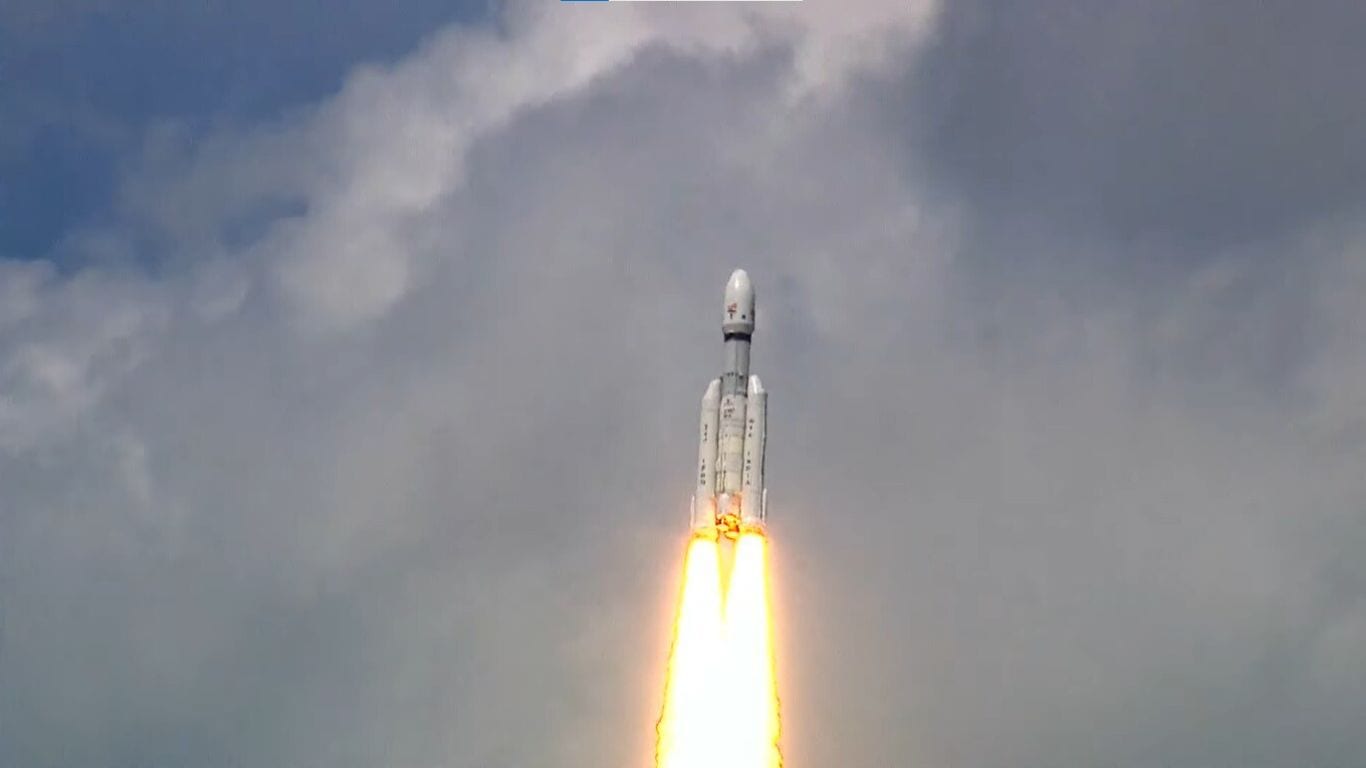
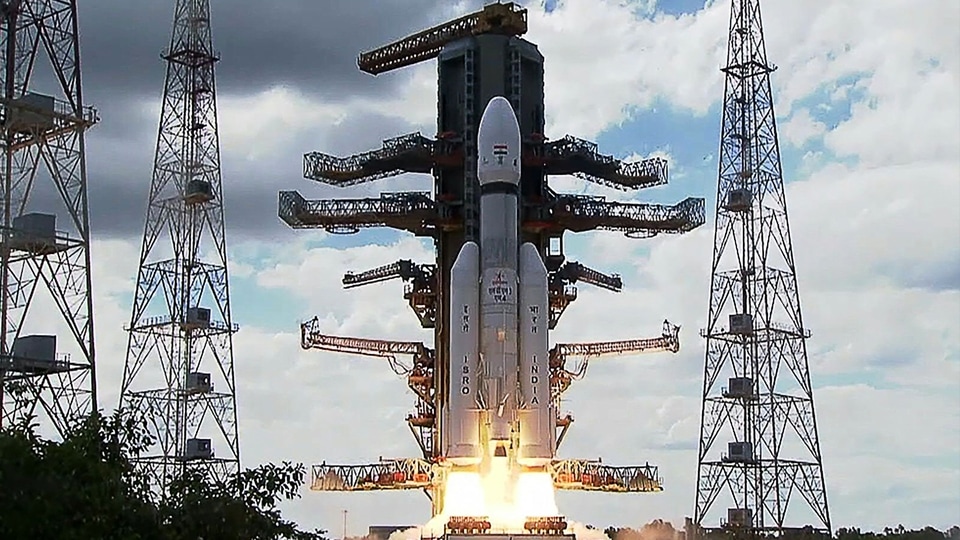
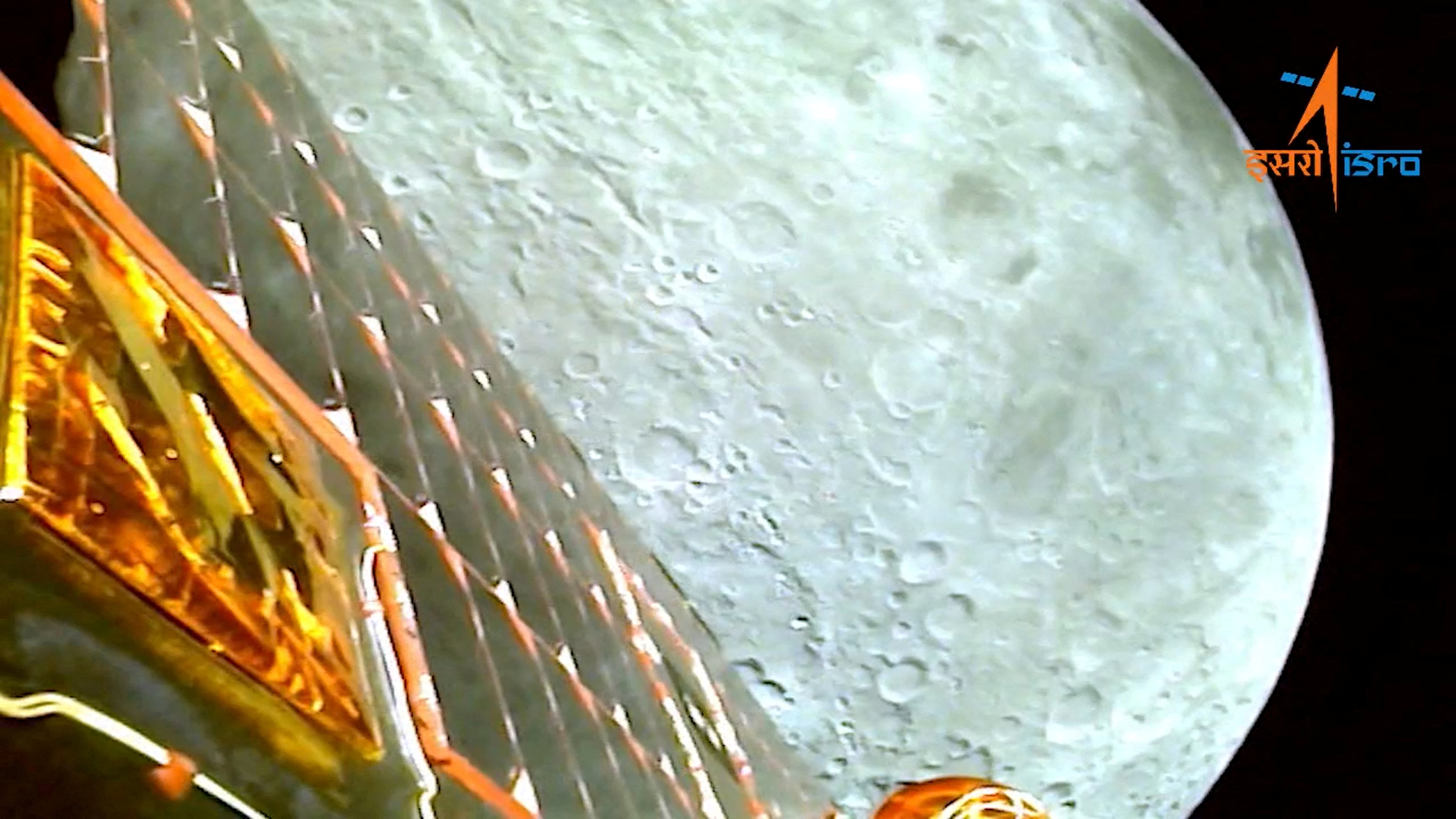
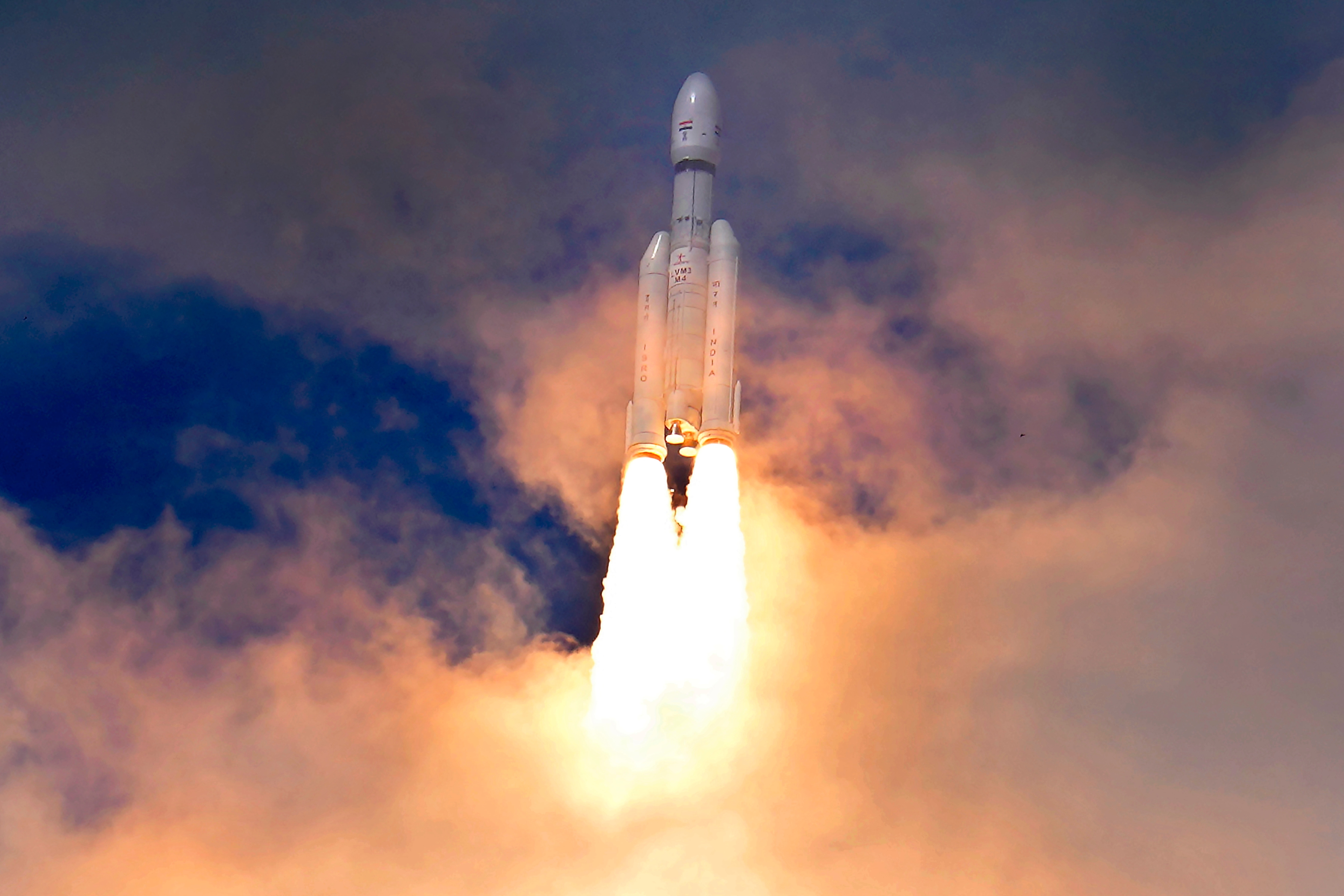

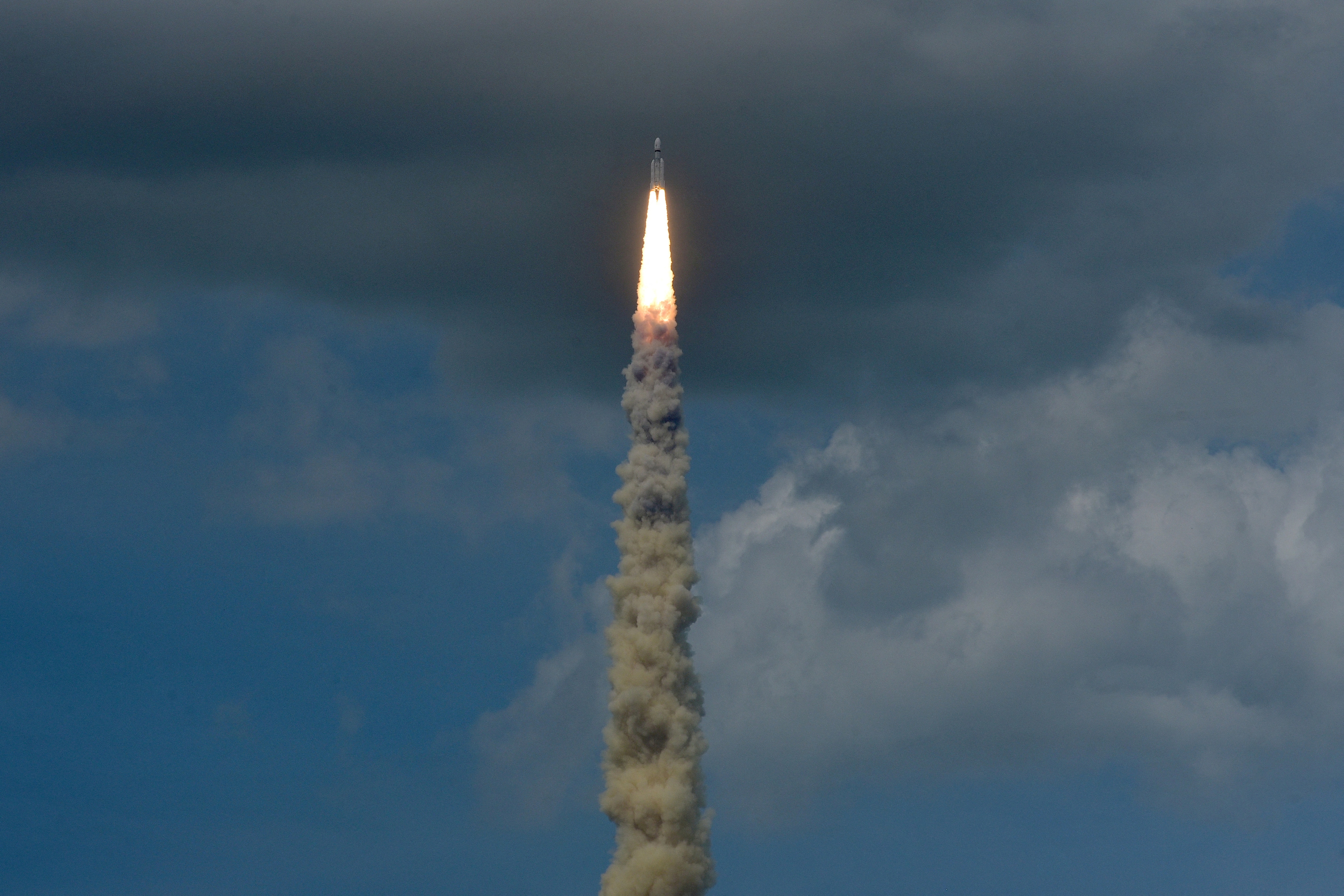
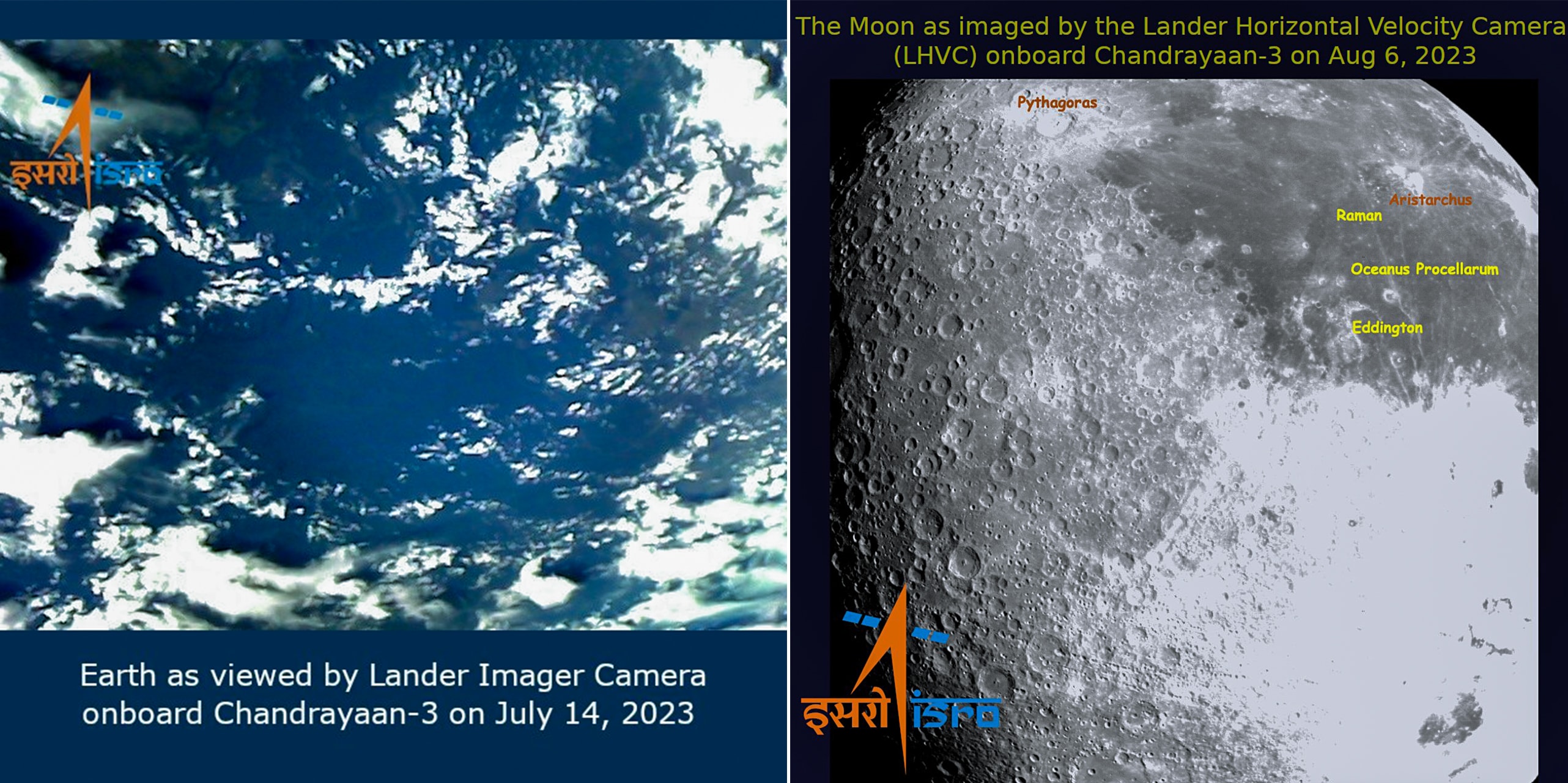
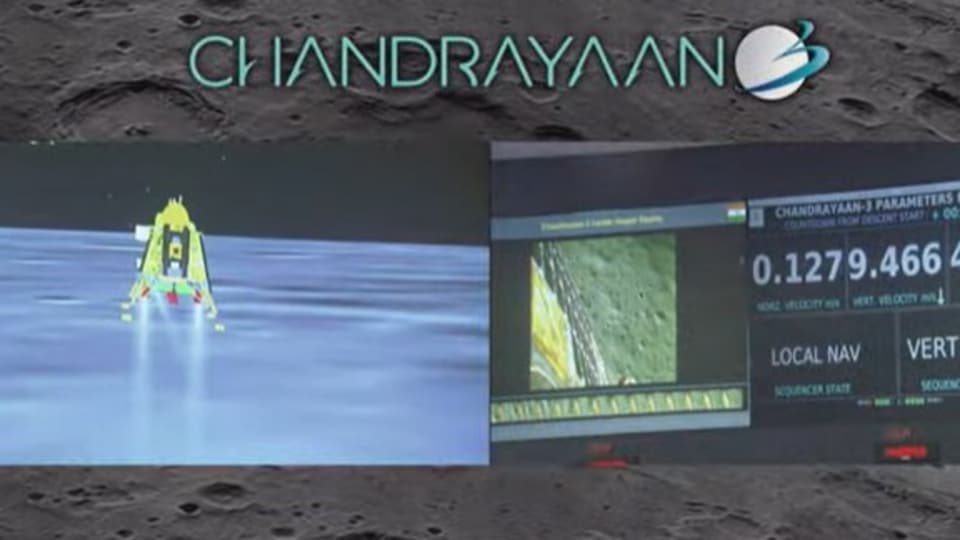
 View all Images
View all ImagesChandrayaan-3 is just a few minutes away from creating history. It is scheduled for touchdown on the Soth Pole of the Moon at 6:04 pm IST. In this long journey, there have been various contributors and collaborators who are working day and night to make ISRO's Chandrayaan-3 moon mission a success, and among them are NASA and ESA space agencies.
Since the launch of the Chandrayaan-3 mission on July 14, we have been receiving a remarkable display of international collaboration. Ground stations from the National Aeronautics and Space Administration (NASA) and the European Space Agency (ESA) are providing support to the Indian Space Research Organisation (ISRO) during its moon mission. Global backup support is crucial during space missions and this especially applies to spacecraft landing. In India, ISRO operates a 32-meter deep space tracking facility that plays a crucial role in locating, tracking, and communicating with its remote spacecraft.
However, there are instances when ISRO needs to communicate with or track a spacecraft that's positioned outside the coverage area of this antenna. Constructing new large antennas and control centers worldwide is a costly endeavor. To solve this, ISRO sought assistance from partner organizations. This approach not only proves cost-effective but also promotes collaborative efforts in international space exploration. Know how NASA and ESA are collaborating with ISRO in the Chandrayaan-3 mission:
ESA's Contribution:
ESA ground stations on Earth have stayed connected with the spacecraft to ensure its successful operation. ESA is playing a pivotal role in the Chandrayaan-3 mission. It is utilizing its ground stations within the ESTRACK network to closely monitor the spacecraft's journey. Two ground stations, the ESA's 15-meter antenna in Kourou, French Guiana, and the 32-meter antenna at Goonhilly Earth Station in the U.K., have been employed to track the satellite, receive telemetry data, and relay commands between ISRO's Mission Operations Centre in Bengaluru and the Chandrayaan-3 satellite.
With the lunar landing attempt set for August 23, the ESA has further extended its support by deploying its 35-meter deep space antenna in New Norcia, Australia. This antenna will be critical during the Lunar Descent phase. It will provide real-time information about the Lander Module's health, location, and trajectory. These valuable scientific data will be received by the ground stations Kourou and Goonhilly and will be forwarded to the ISRO.
NASA's Involvement:
NASA's Deep Space Network (DSN) has been instrumental in providing telemetry and tracking coverage during Chandrayaan-3's powered descent phase. The network's DSS-36 and DSS-34 stations at the Canberra Deep Space Communications Complex, followed by DSS-65 at the Madrid Deep Space Communications Complex, are assisting in receiving crucial data from the spacecraft.
With the collaboration of ESA and NASA, ISRO is on its way to creating history and making India the 4th nation to execute a successful lunar landing mission.
Catch all the Latest Tech News, Mobile News, Laptop News, Gaming news, Wearables News , How To News, also keep up with us on Whatsapp channel,Twitter, Facebook, Google News, and Instagram. For our latest videos, subscribe to our YouTube channel.






































